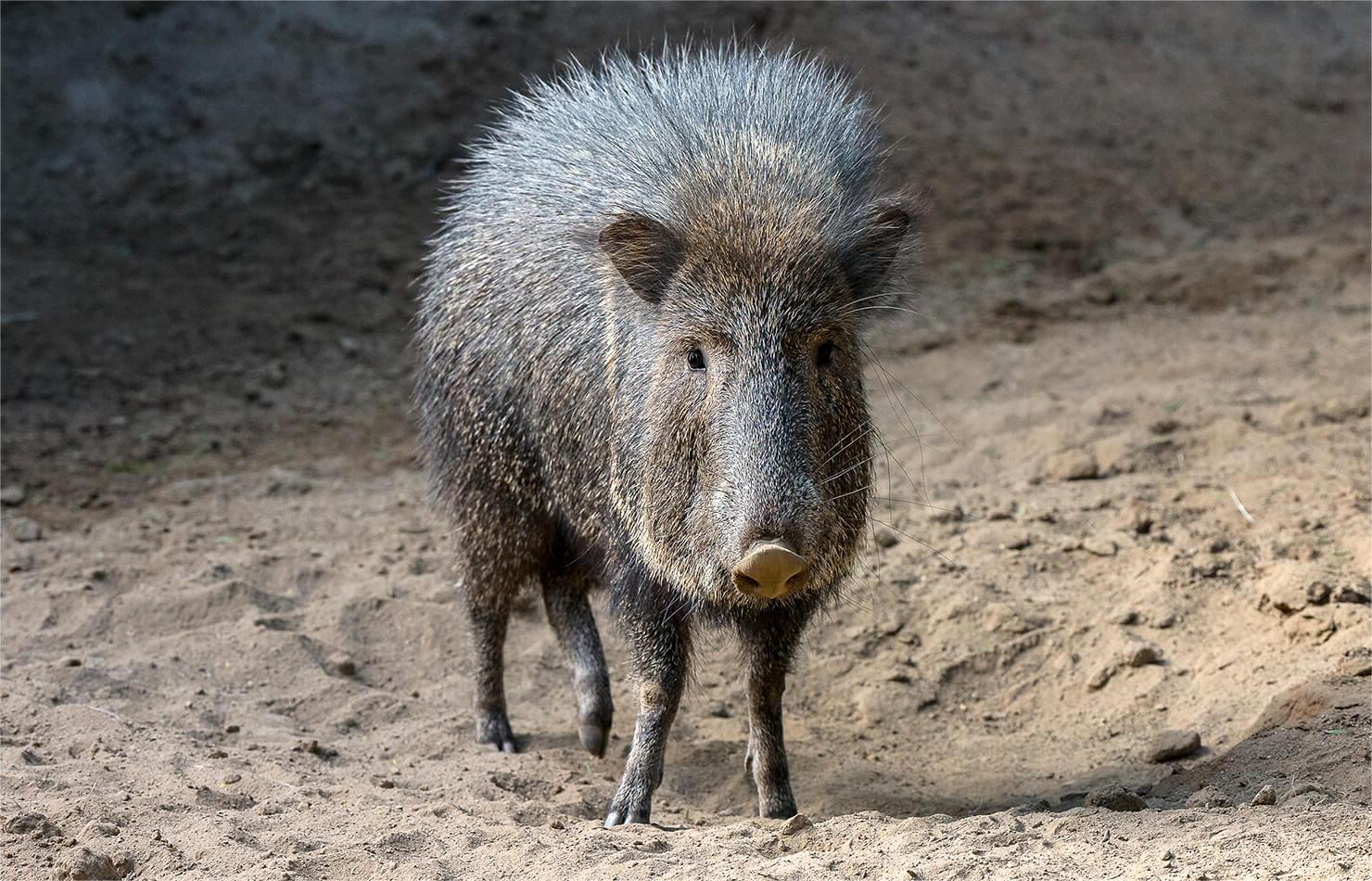
What is a peccary? Peccaries are fascinating creatures often mistaken for pigs. These hoofed mammals, native to the Americas, belong to the family Tayassuidae. Unlike pigs, peccaries have shorter, straighter tusks and a scent gland on their backs, which they use for marking territory. They are social animals, typically found in groups called "sounders." Peccaries play a crucial role in their ecosystems by dispersing seeds and controlling insect populations. They can adapt to various habitats, from rainforests to deserts. Curious about these unique animals? Here are 27 facts that will give you a deeper understanding of peccaries.
What is a Peccary?
Peccaries are fascinating creatures often mistaken for pigs. These hoofed mammals belong to the family Tayassuidae and are native to the Americas. Let's dive into some intriguing facts about these unique animals.
-
Peccaries are also known as javelinas or skunk pigs due to their strong odor.
-
They have a distinctive scent gland on their backs, which they use to mark territory and recognize each other.
-
Unlike pigs, peccaries have three toes on their hind feet.
-
They are social animals, typically living in groups called herds or bands.
-
Peccaries communicate through a variety of sounds, including grunts, growls, and squeals.
Habitat and Distribution
Peccaries inhabit a range of environments across the Americas. From deserts to rainforests, these adaptable creatures can be found in diverse habitats.
-
The three main species of peccaries are the collared peccary, white-lipped peccary, and Chacoan peccary.
-
Collared peccaries are the most widespread, found from the southwestern United States to northern Argentina.
-
White-lipped peccaries prefer tropical rainforests and are found in Central and South America.
-
The Chacoan peccary is the rarest species, residing in the dry Gran Chaco region of South America.
-
Peccaries are excellent swimmers and can cross rivers and streams with ease.
Diet and Feeding Habits
Peccaries have a varied diet, making them omnivores. They consume a mix of plant and animal matter, depending on availability.
-
Their diet includes fruits, seeds, roots, and tubers.
-
Peccaries also eat small animals, insects, and carrion when plant food is scarce.
-
They have strong jaws and sharp teeth, perfect for crushing hard seeds and nuts.
-
Peccaries play a crucial role in their ecosystem by dispersing seeds through their droppings.
-
They use their snouts to dig for food, similar to pigs.
Behavior and Social Structure
Peccaries exhibit interesting behaviors and have complex social structures. Their interactions within herds are essential for survival.
-
Herd sizes can range from a few individuals to over 100 in white-lipped peccaries.
-
Peccaries groom each other to strengthen social bonds and remove parasites.
-
They are territorial animals and will defend their home range from intruders.
-
Peccaries use scent marking to communicate with other herds and establish boundaries.
-
During the day, they rest in shaded areas or burrows to avoid the heat.
Reproduction and Lifespan
Peccaries have unique reproductive habits and life cycles. Understanding these aspects provides insight into their survival strategies.
-
Female peccaries give birth to one to four young after a gestation period of about 150 days.
-
Newborn peccaries, called piglets, are well-developed and can follow their mother shortly after birth.
-
Piglets are weaned at around three months but stay with the herd for protection.
-
Peccaries reach sexual maturity at about one to two years of age.
-
In the wild, peccaries can live up to 10 years, though some may reach 20 years in captivity.
Conservation Status
Peccaries face various threats in the wild, making conservation efforts crucial for their survival.
-
Habitat loss due to deforestation and agricultural expansion is a significant threat to peccary populations.
-
Hunting for their meat and hides also poses a risk, particularly for the Chacoan peccary.
Efforts to protect peccaries include habitat preservation, anti-poaching measures, and raising awareness about their ecological importance.
Peccaries: Nature's Hidden Gems
Peccaries are fascinating creatures with unique traits. These pig-like animals, found in the Americas, play a crucial role in their ecosystems. They help control plant growth by feeding on various vegetation and disperse seeds, aiding forest regeneration. Their social structures are complex, often living in groups that communicate through vocalizations and scent markings.
Despite their importance, peccaries face threats from habitat loss and hunting. Conservation efforts are essential to protect these animals and maintain ecological balance. Learning about peccaries not only enriches our understanding of wildlife but also highlights the need for preserving biodiversity.
Next time you're in the Americas, keep an eye out for these remarkable creatures. Their presence is a testament to the intricate web of life that sustains our planet. By appreciating and protecting peccaries, we contribute to a healthier, more vibrant world.
Was this page helpful?
Our commitment to delivering trustworthy and engaging content is at the heart of what we do. Each fact on our site is contributed by real users like you, bringing a wealth of diverse insights and information. To ensure the highest standards of accuracy and reliability, our dedicated editors meticulously review each submission. This process guarantees that the facts we share are not only fascinating but also credible. Trust in our commitment to quality and authenticity as you explore and learn with us.
